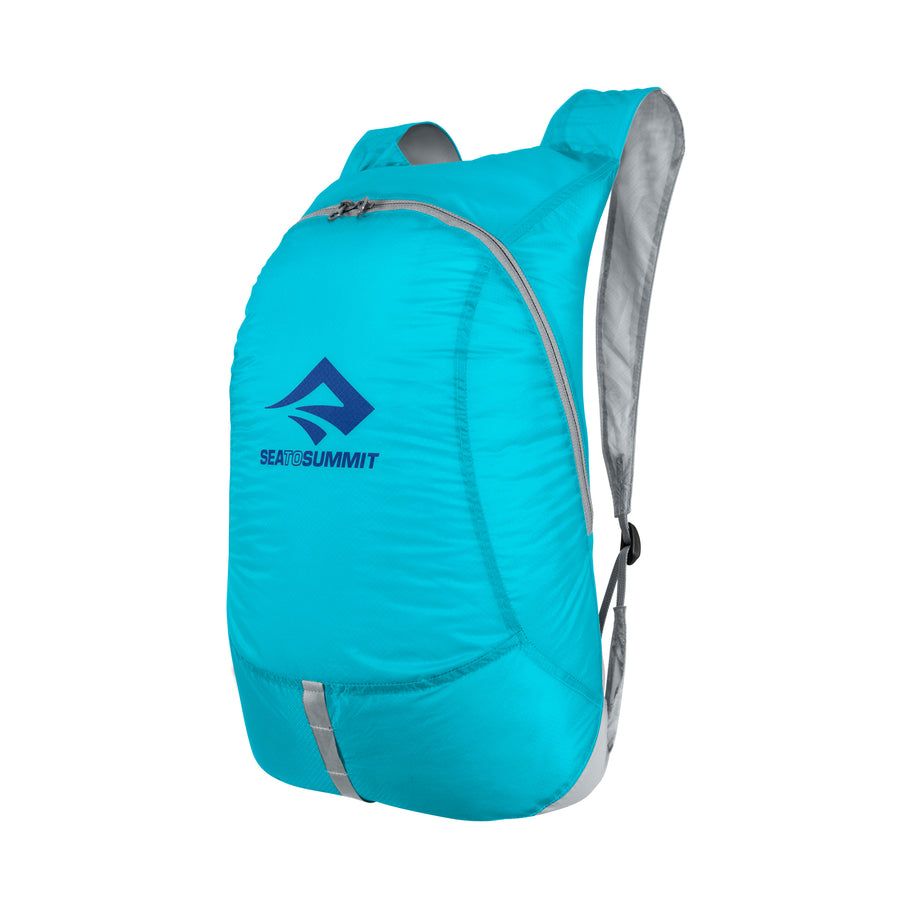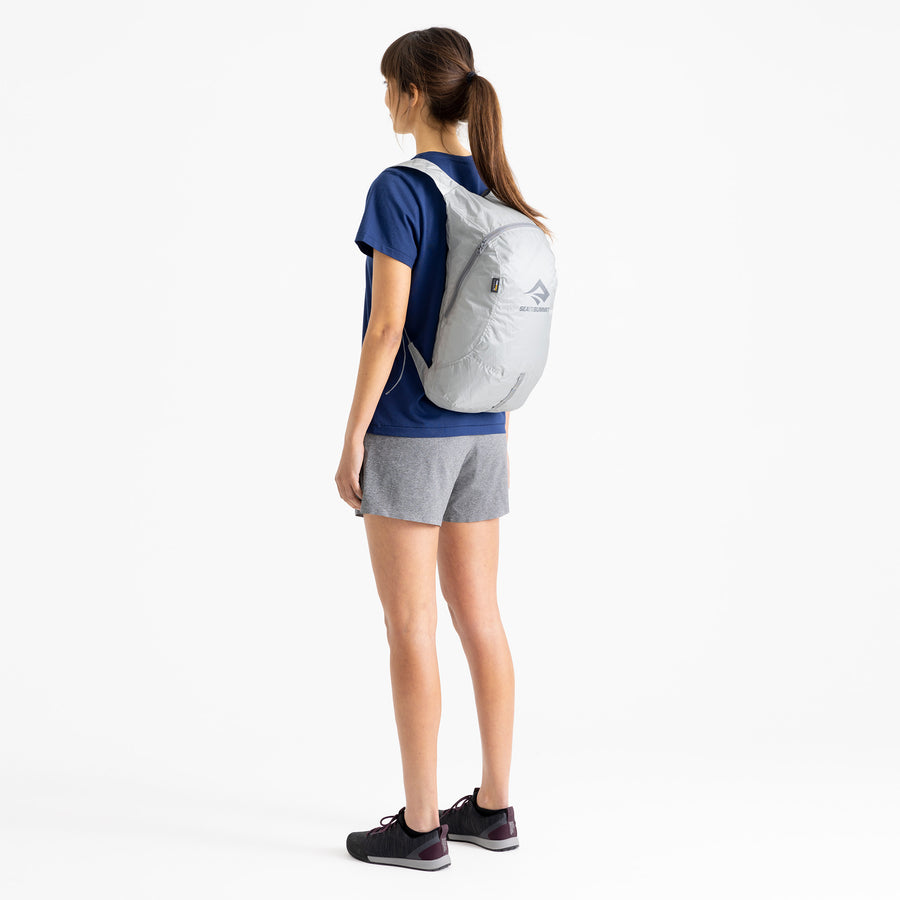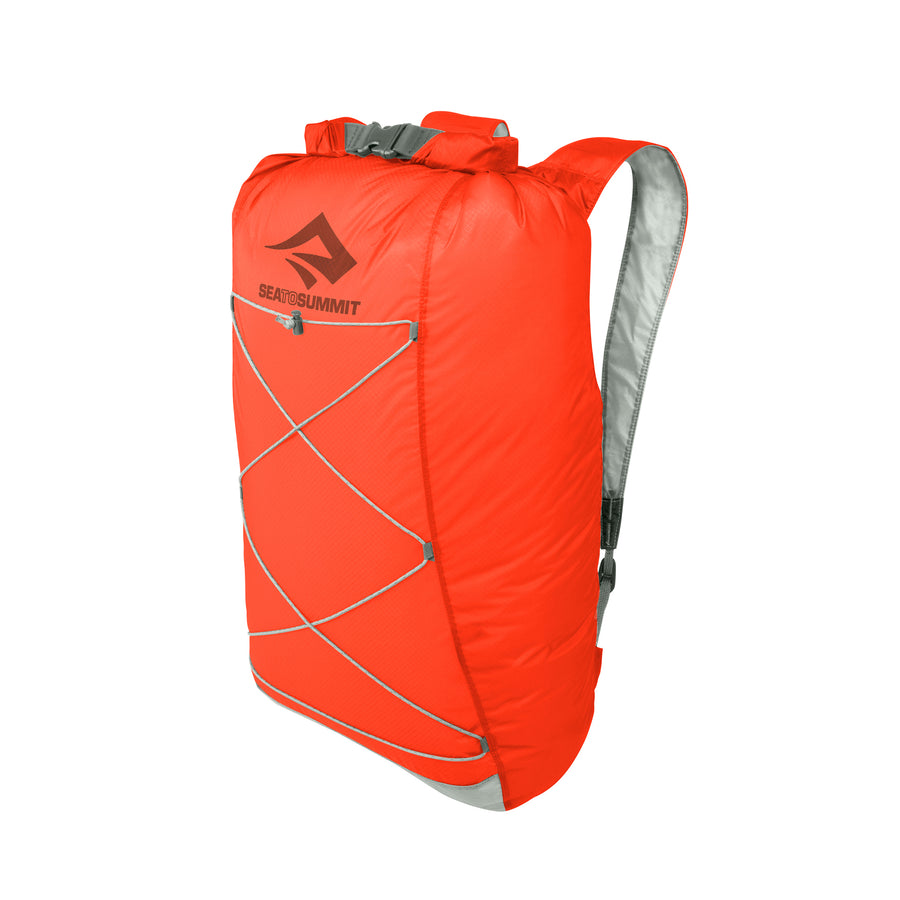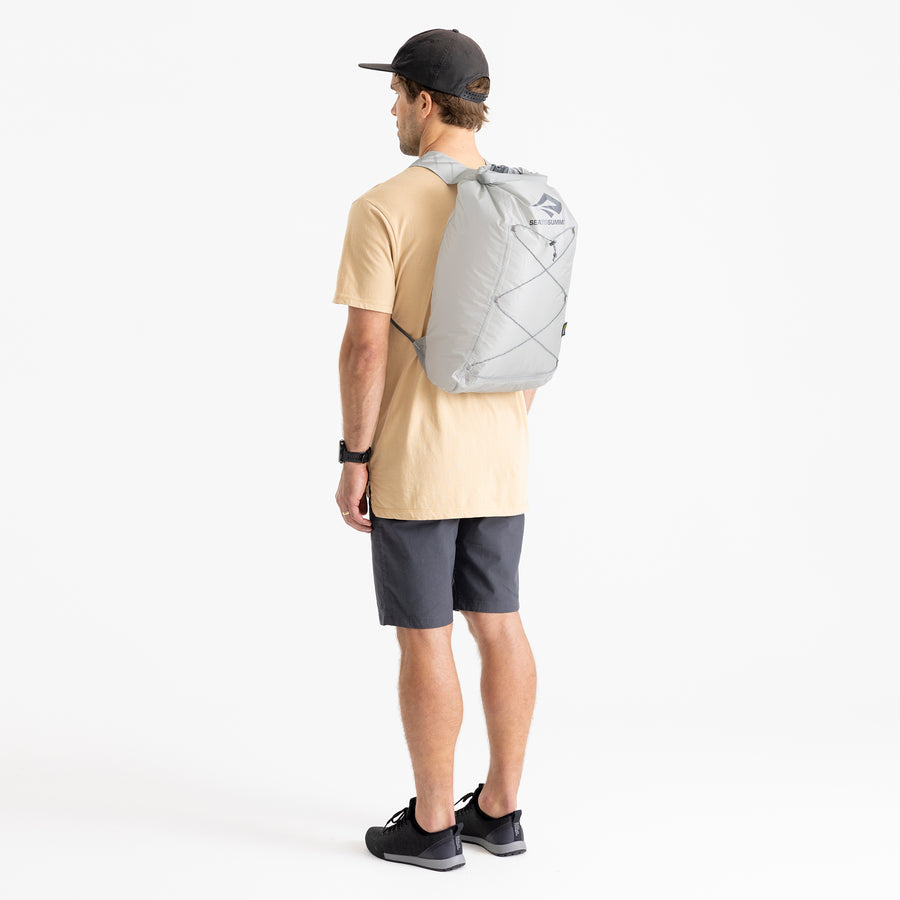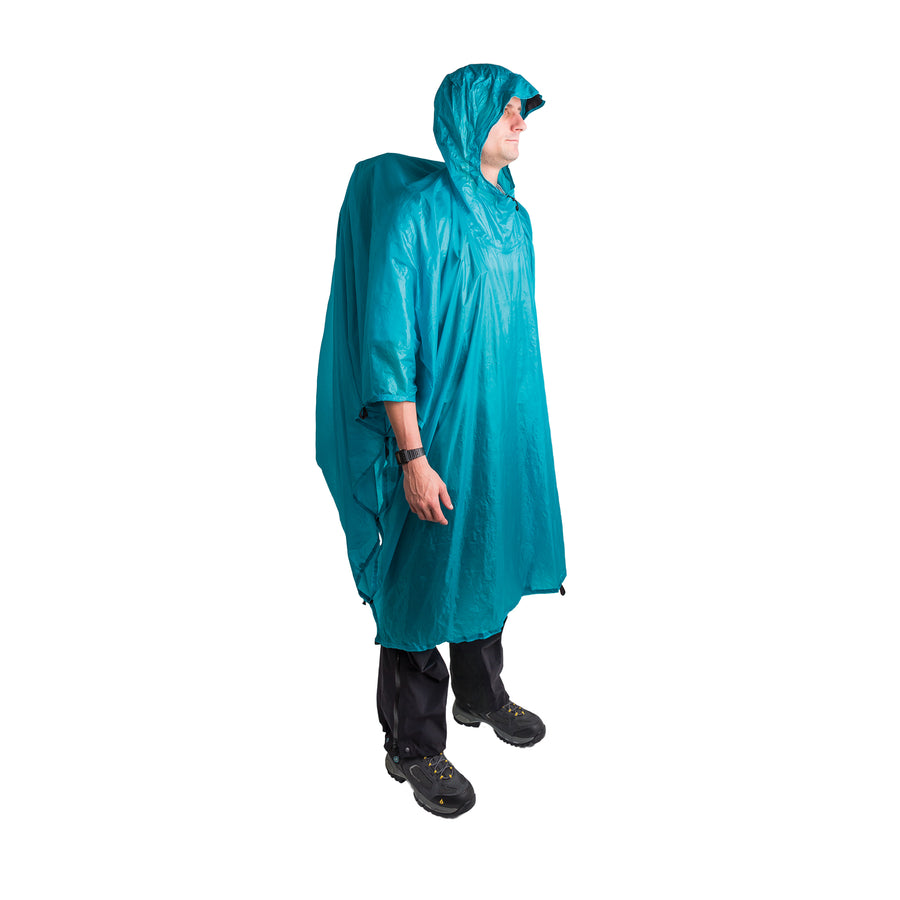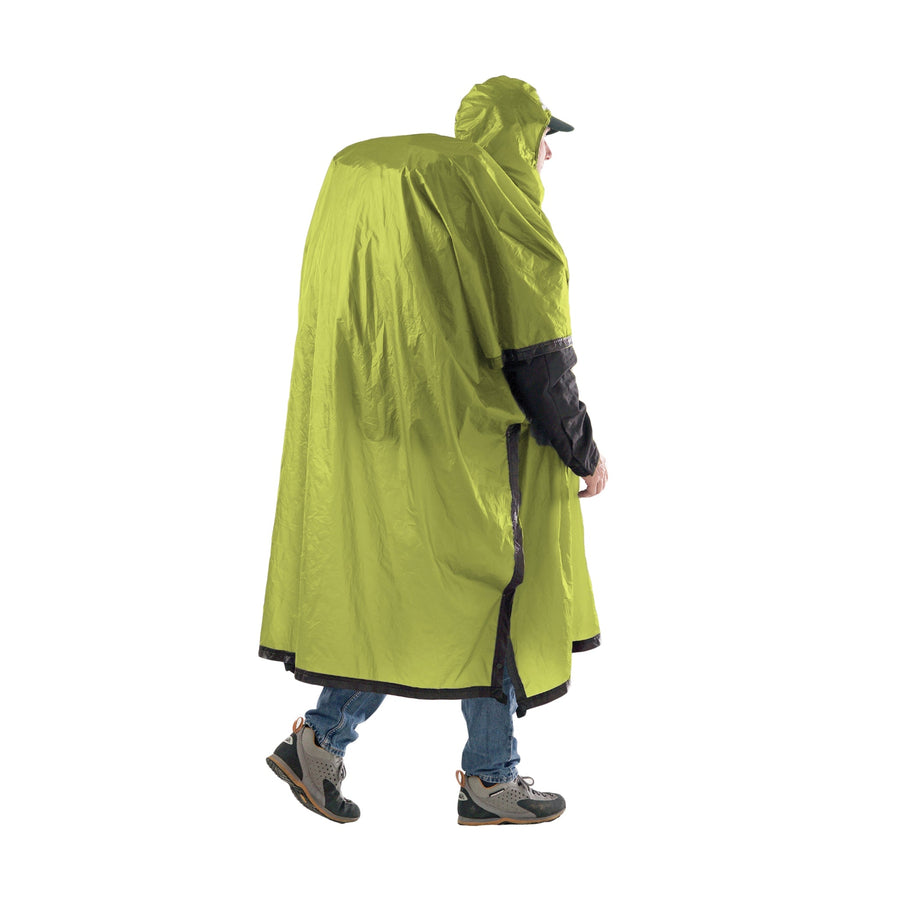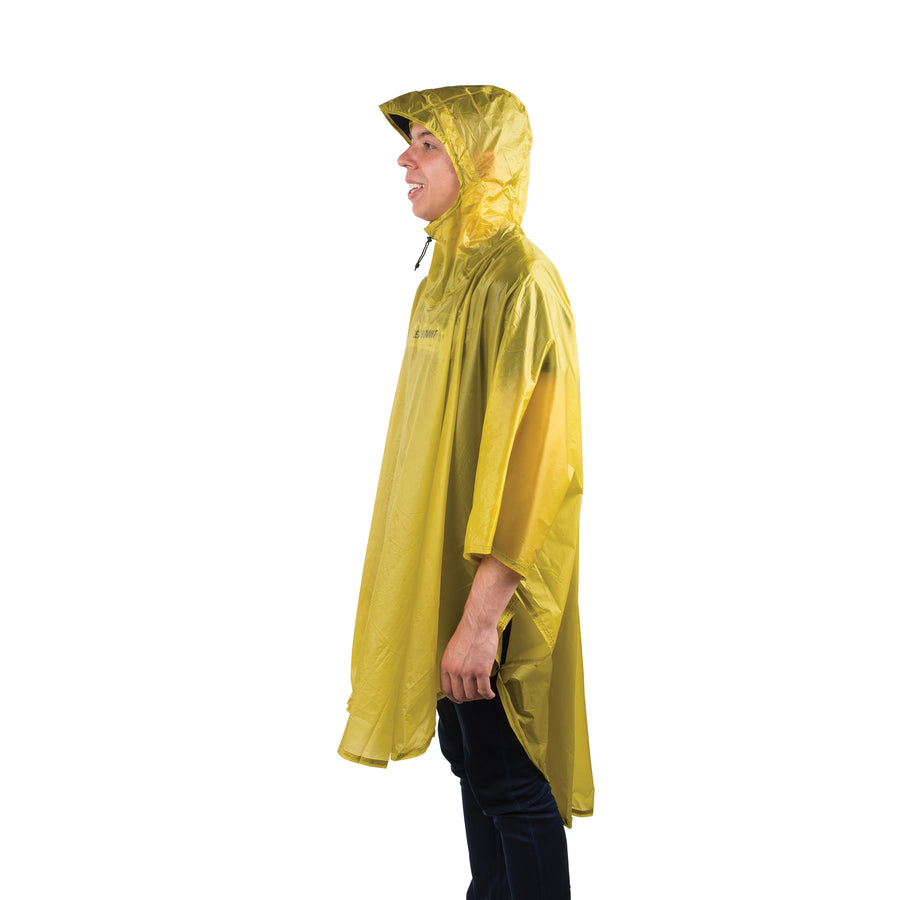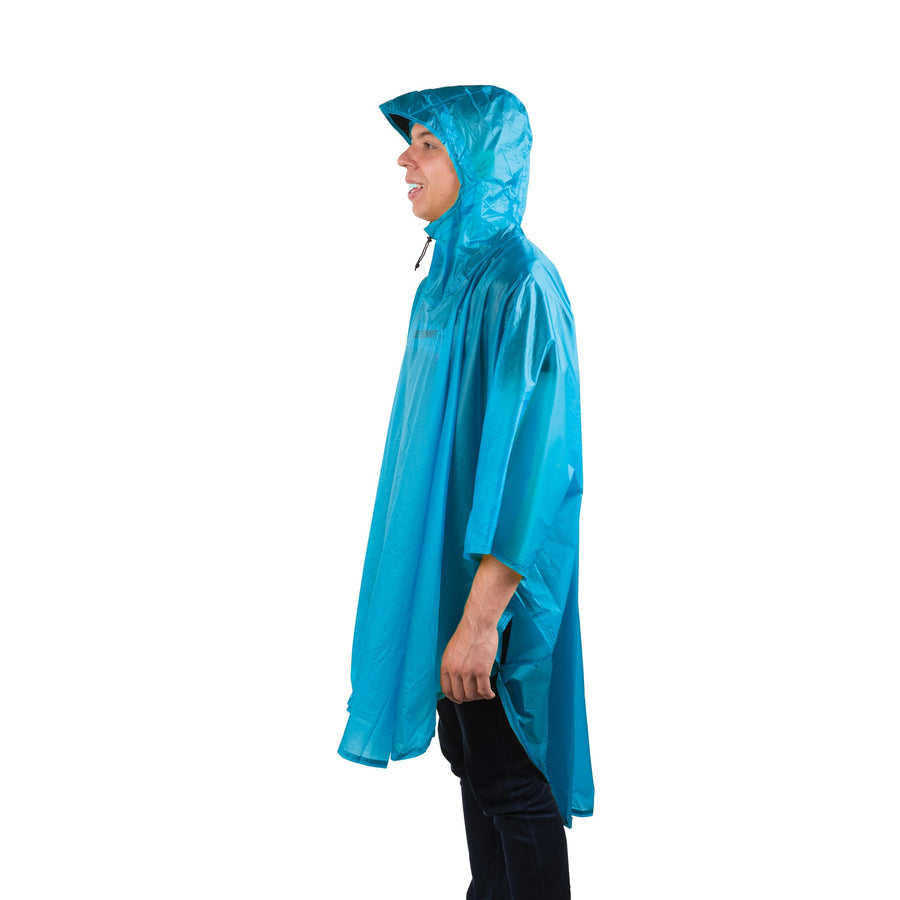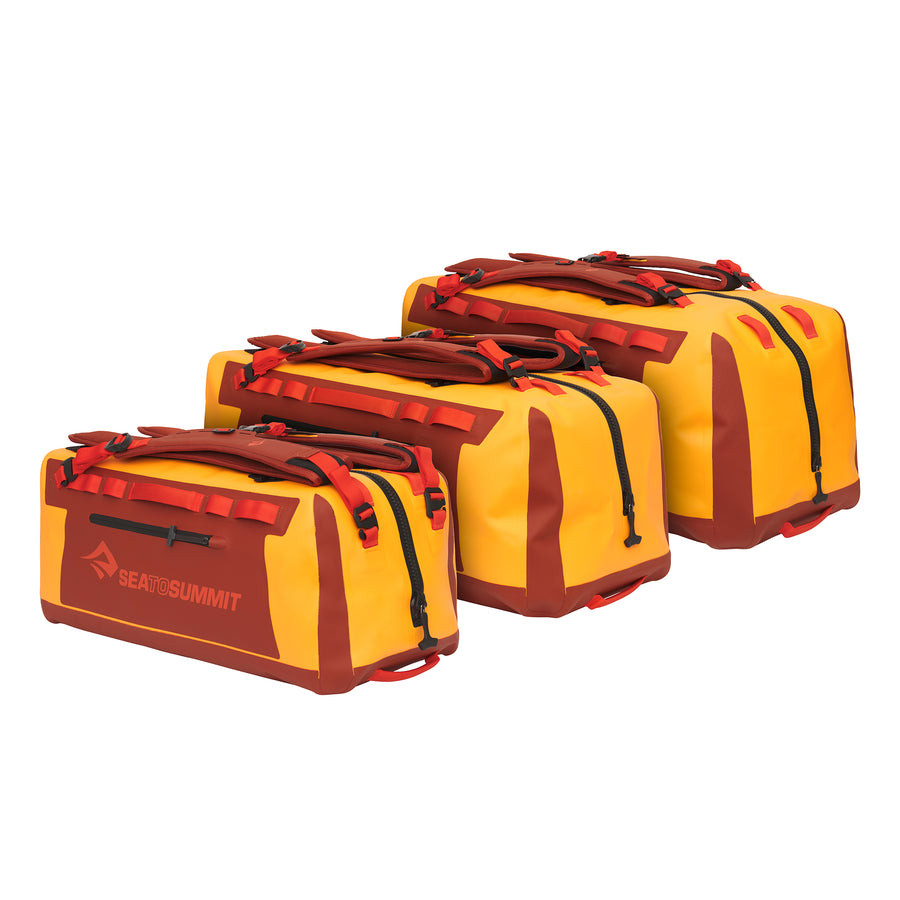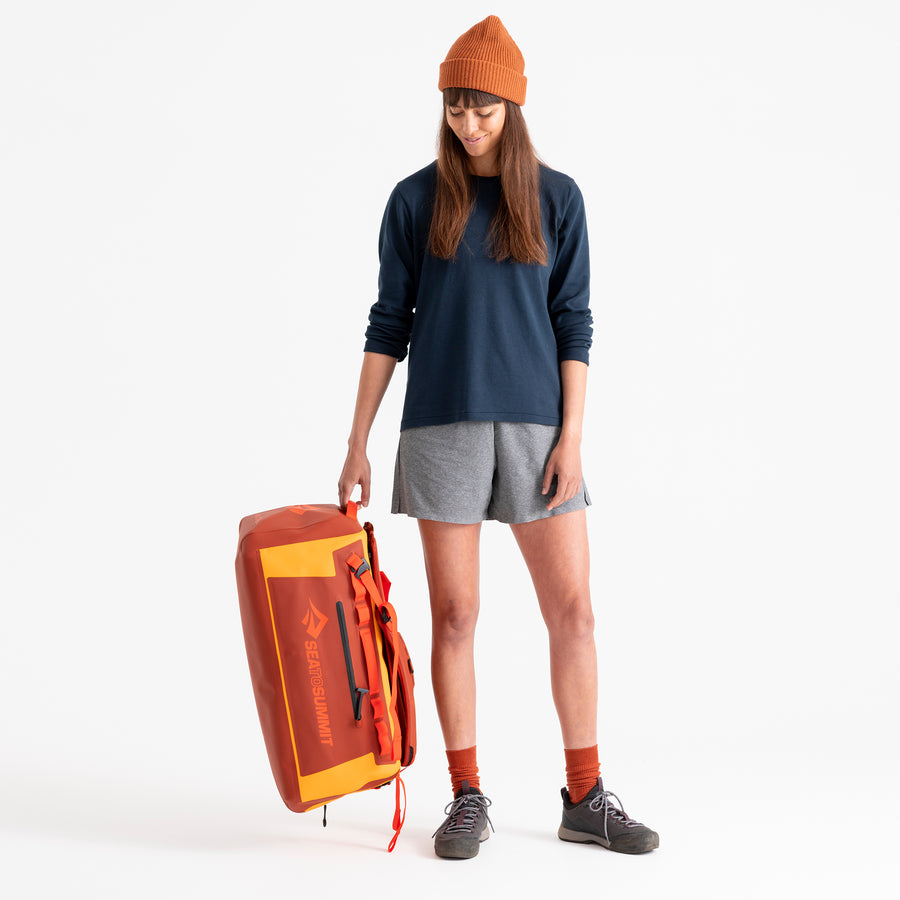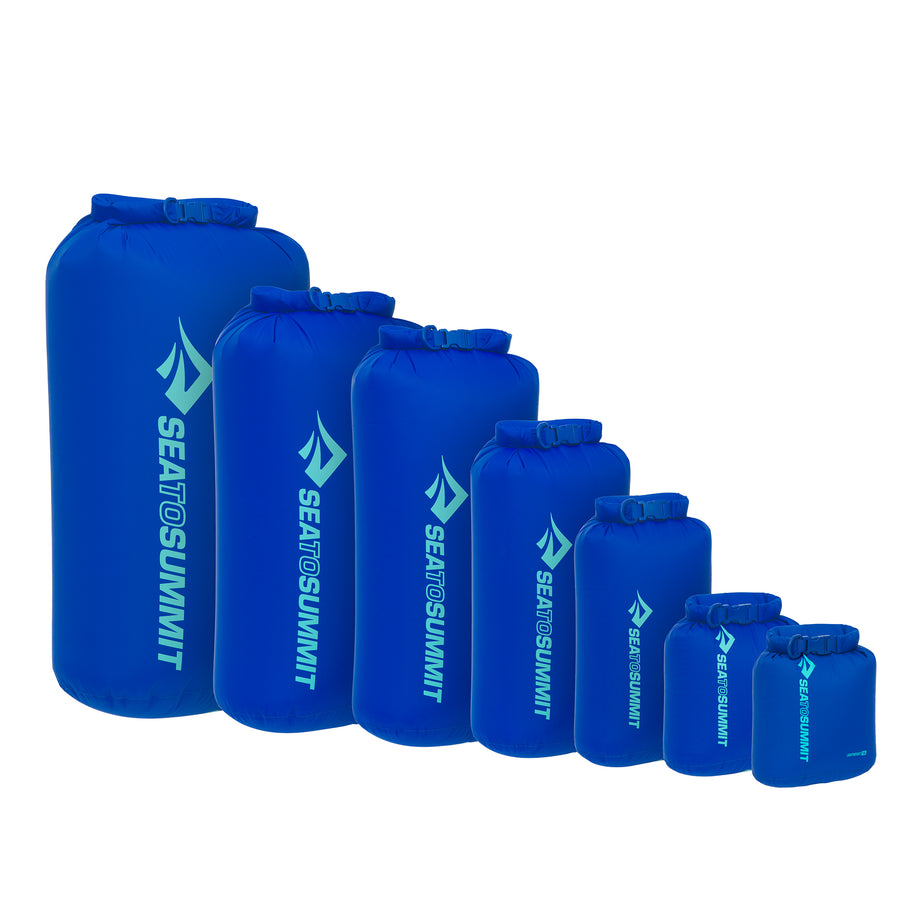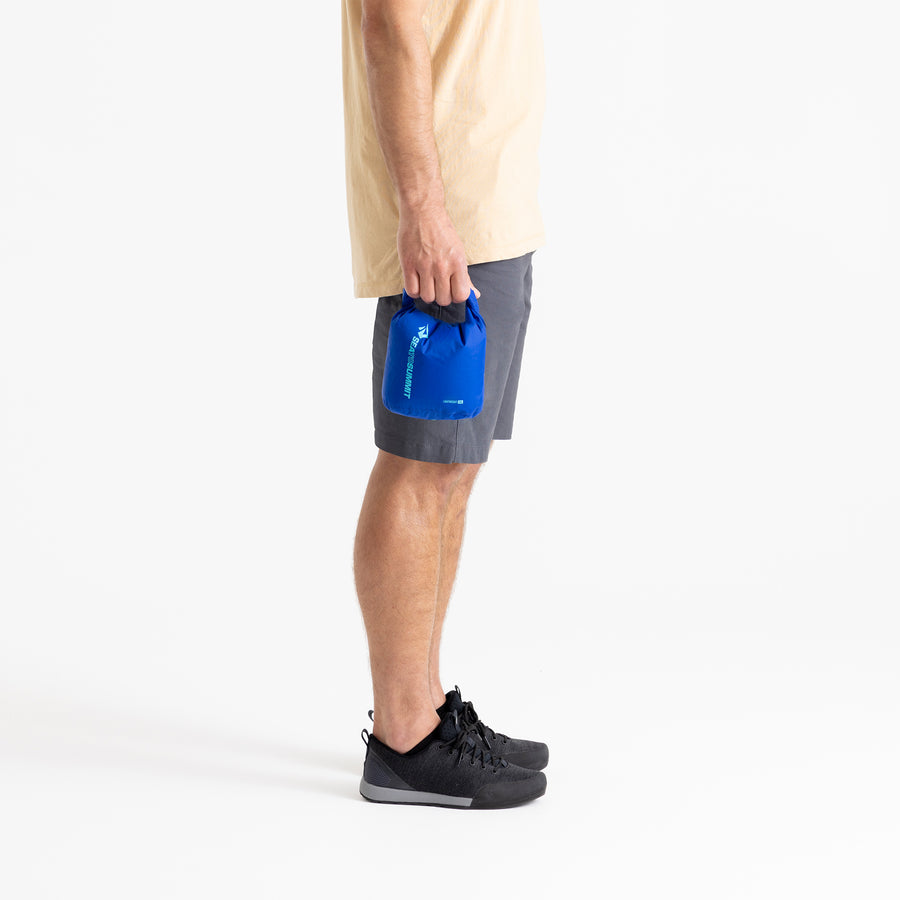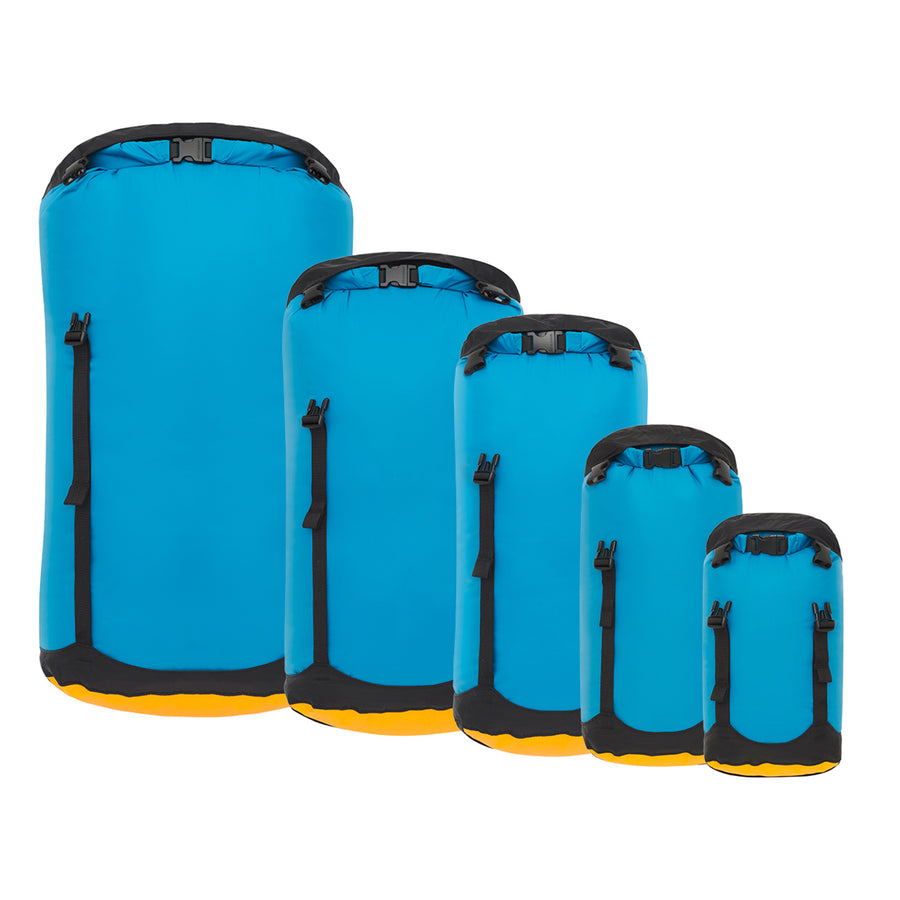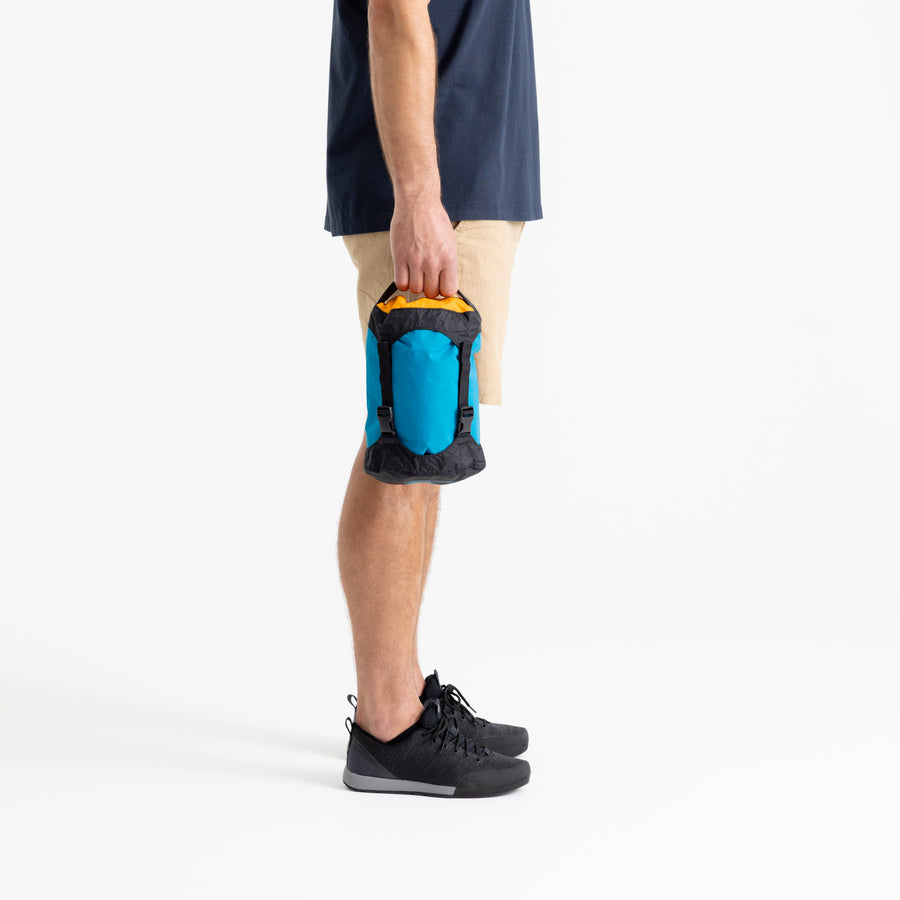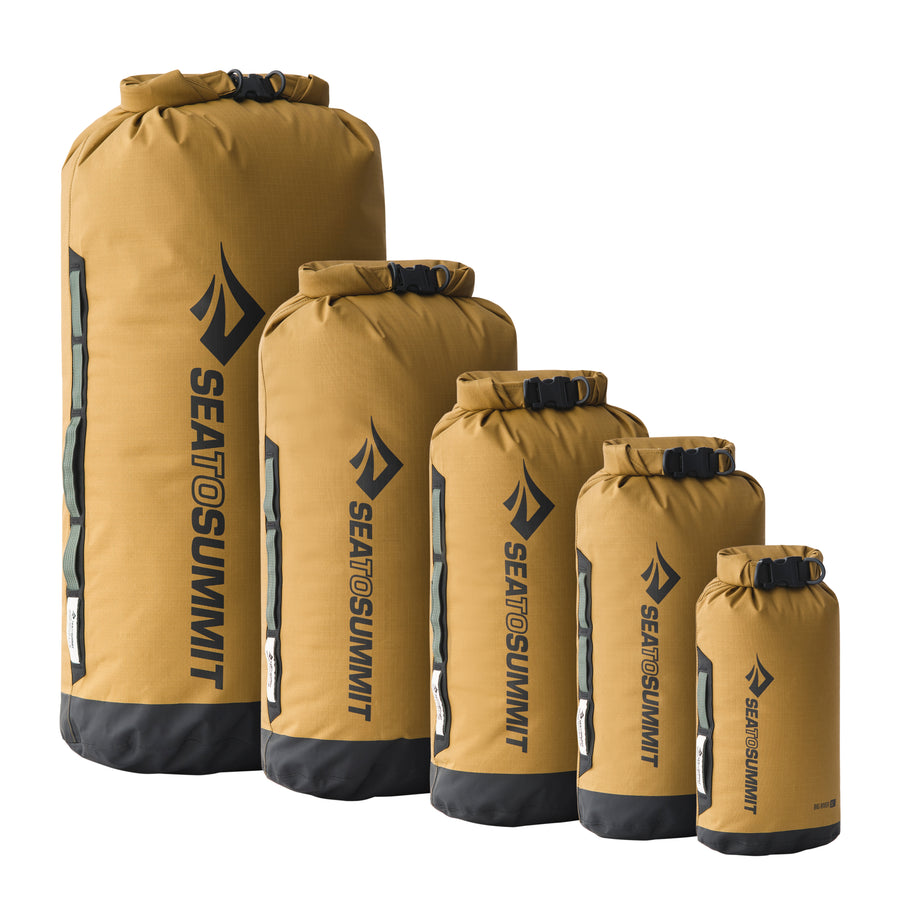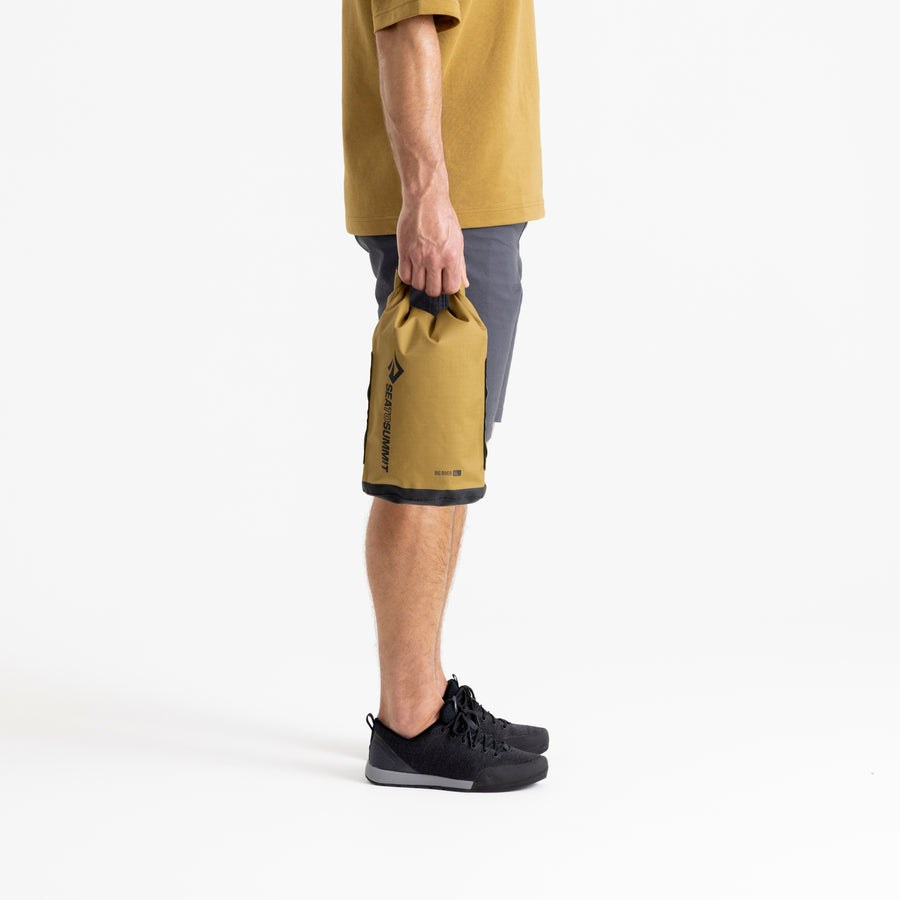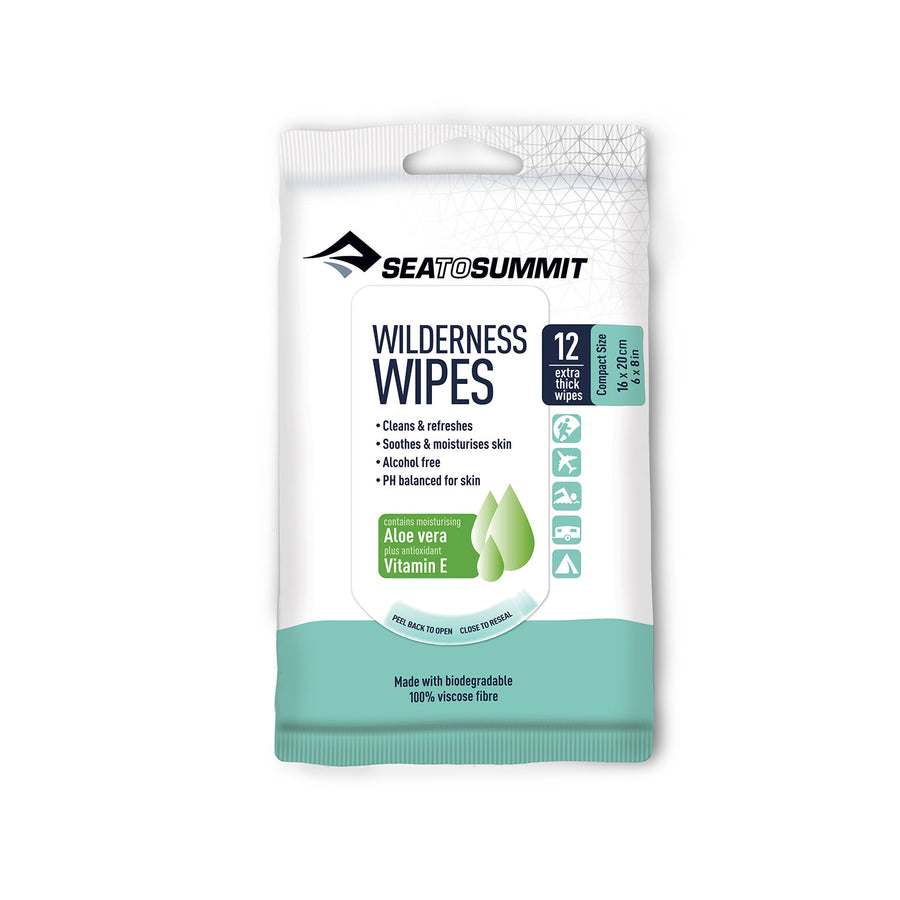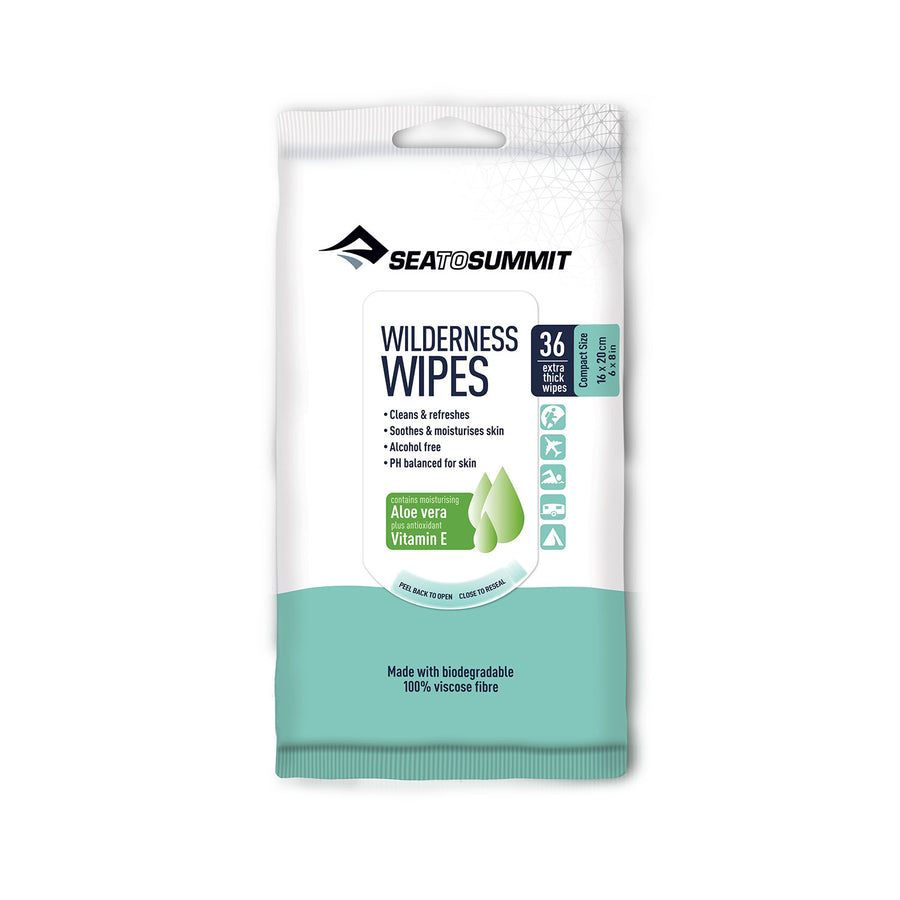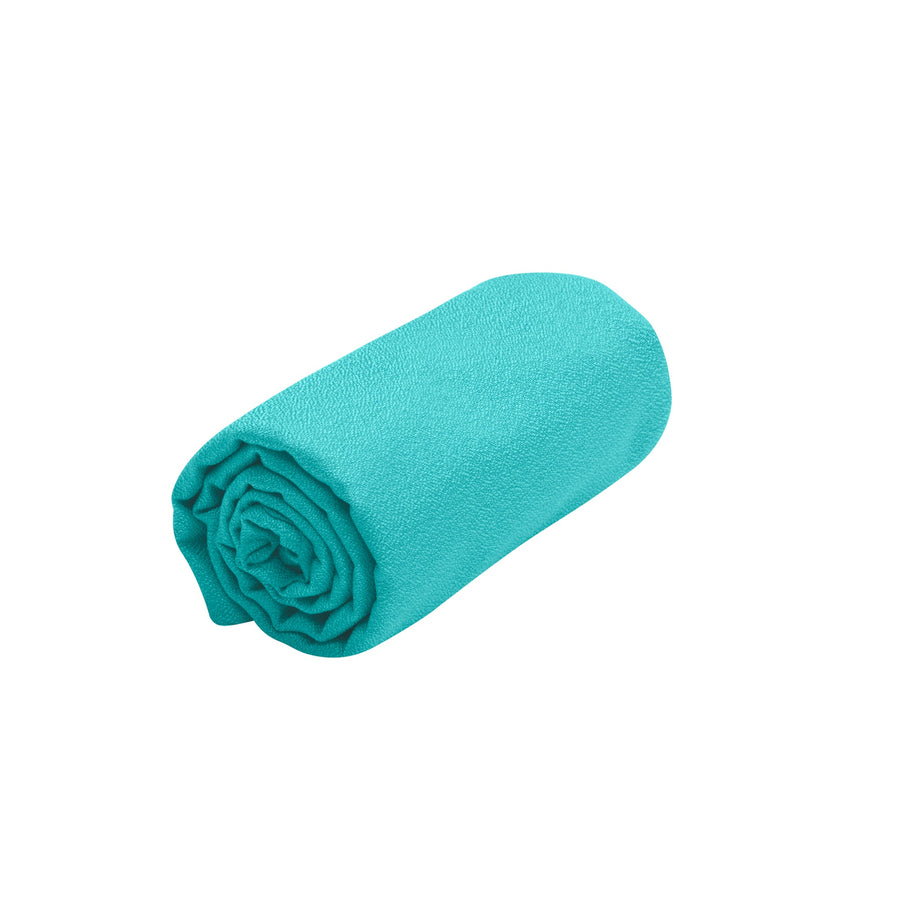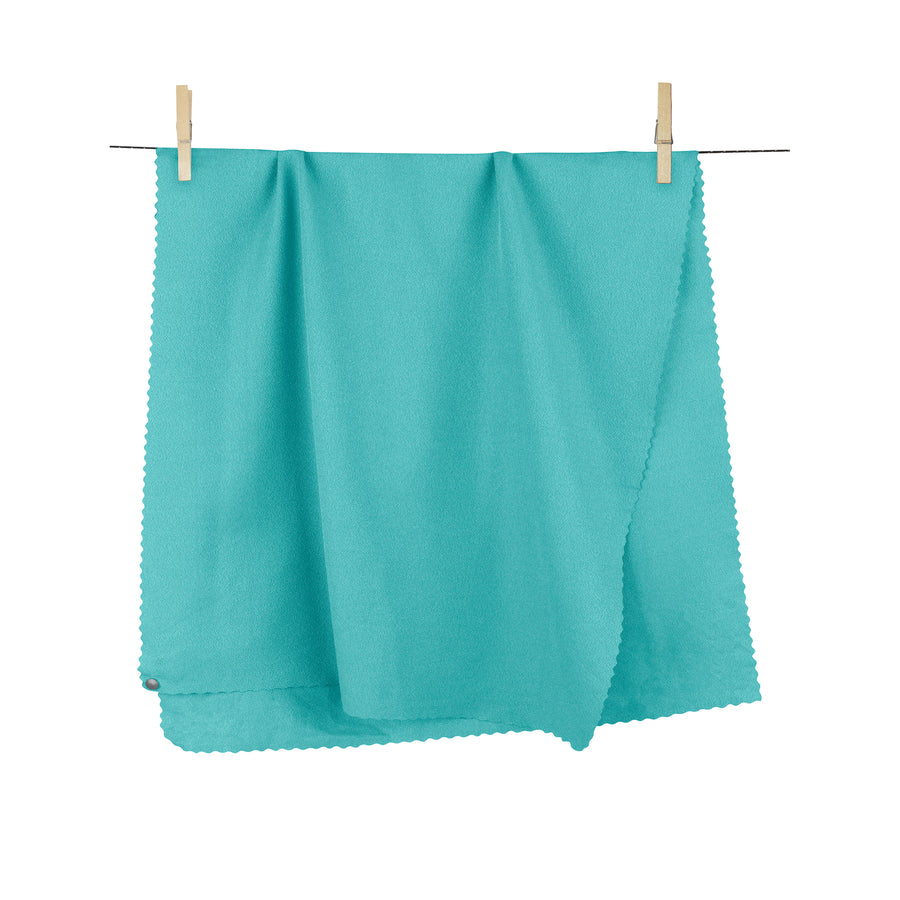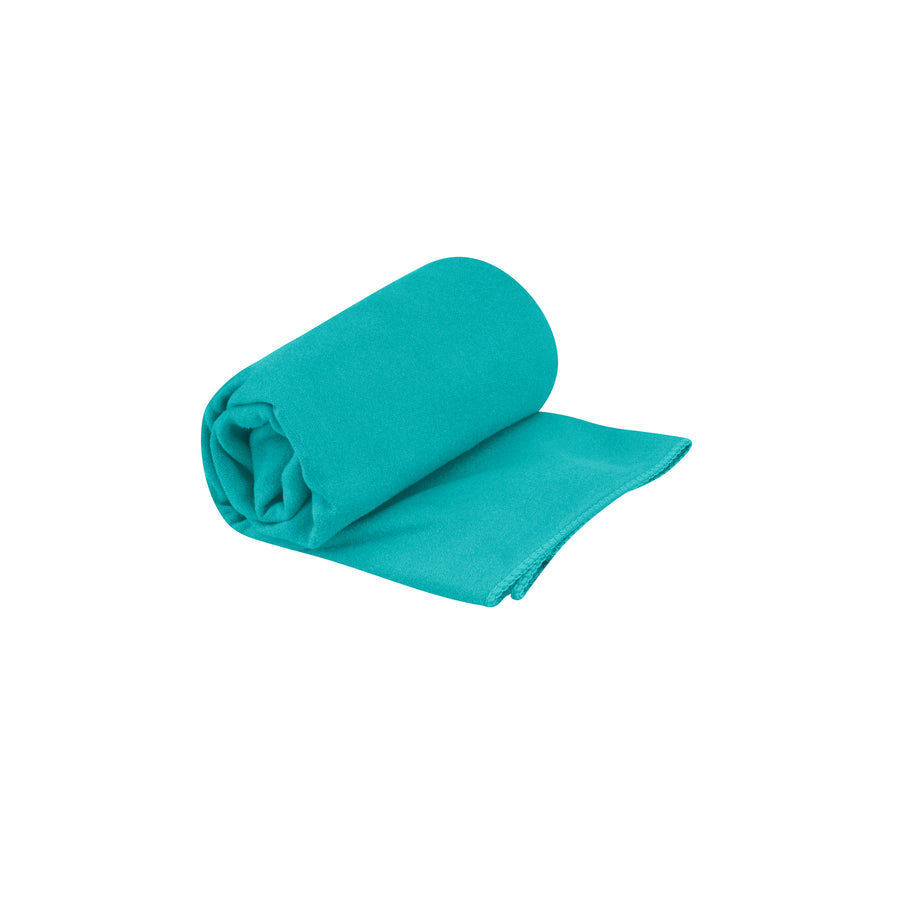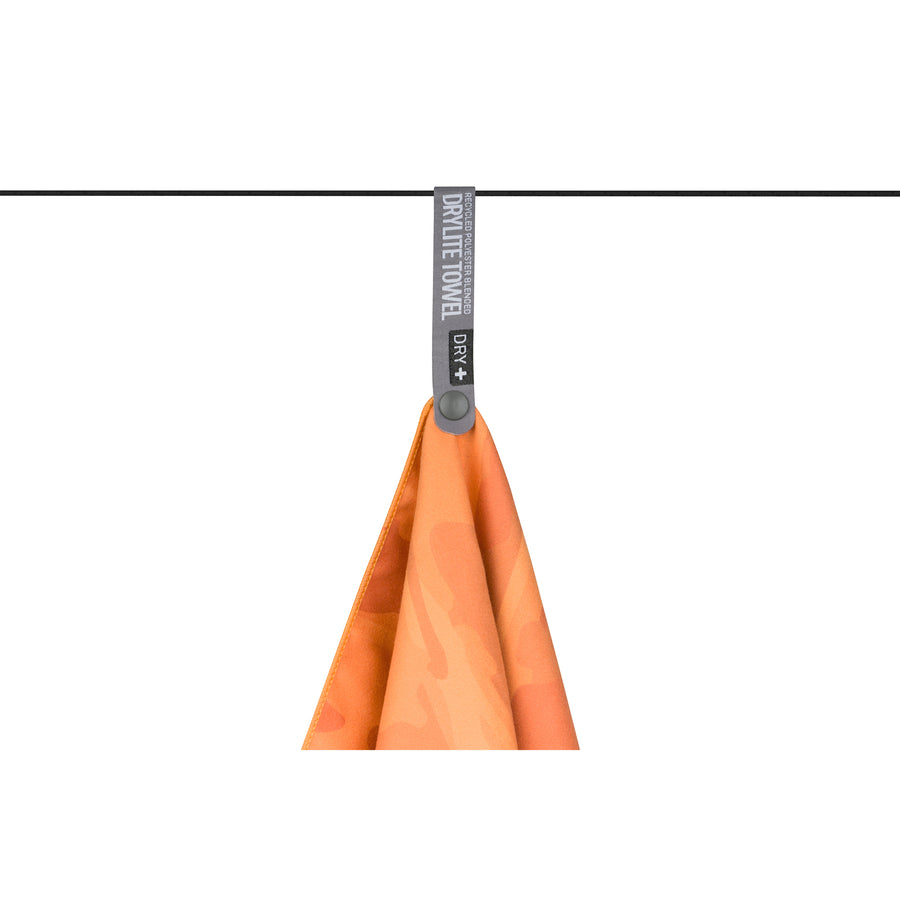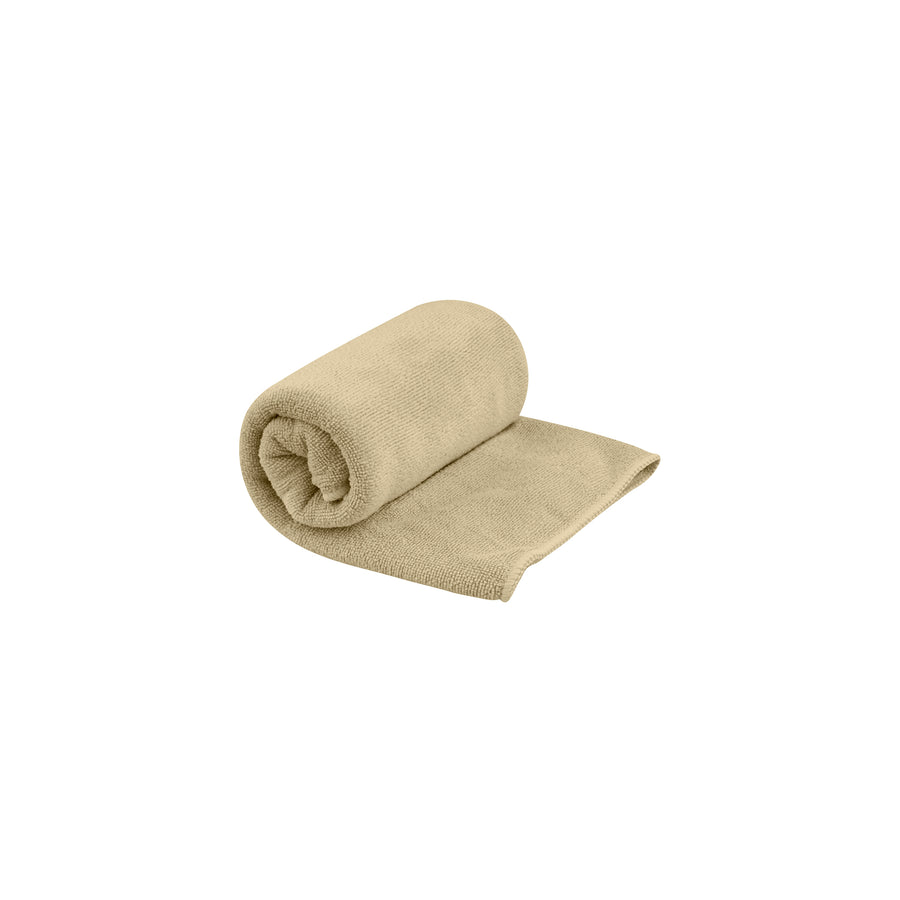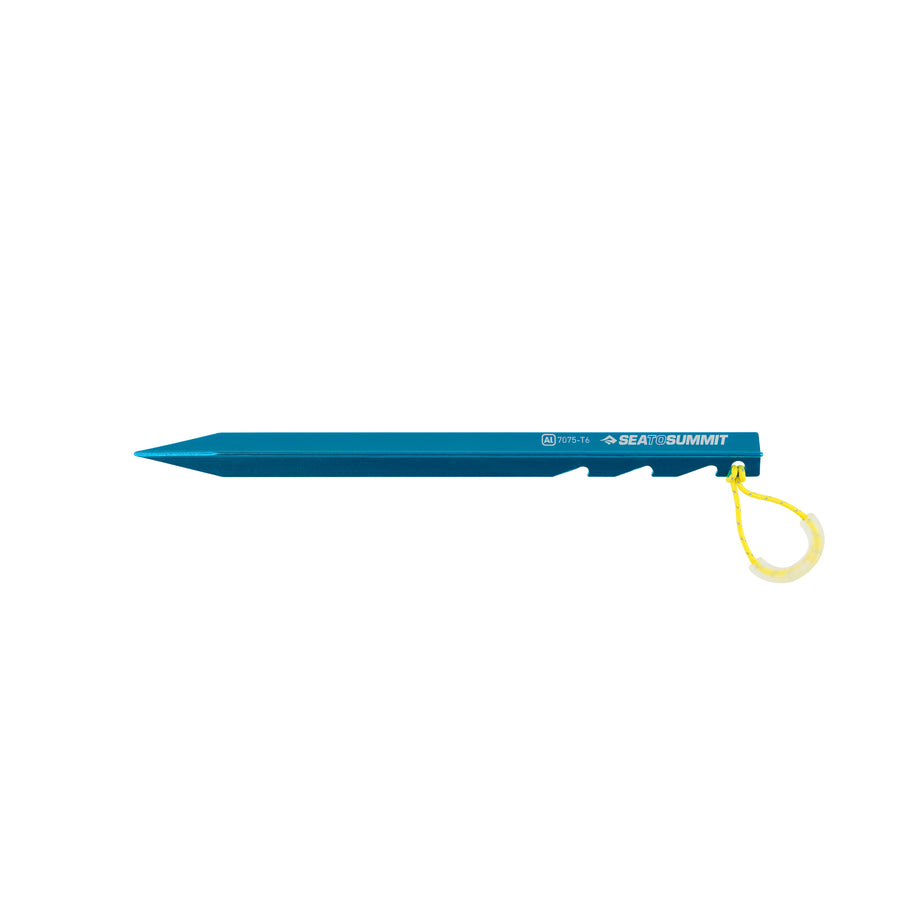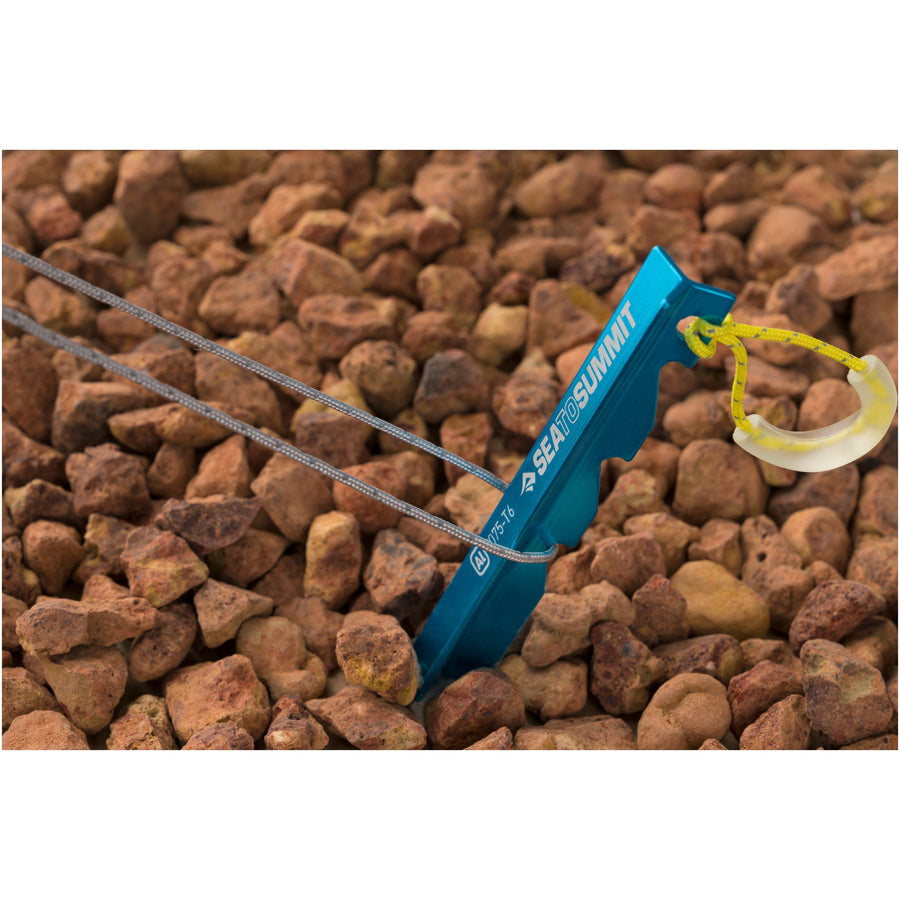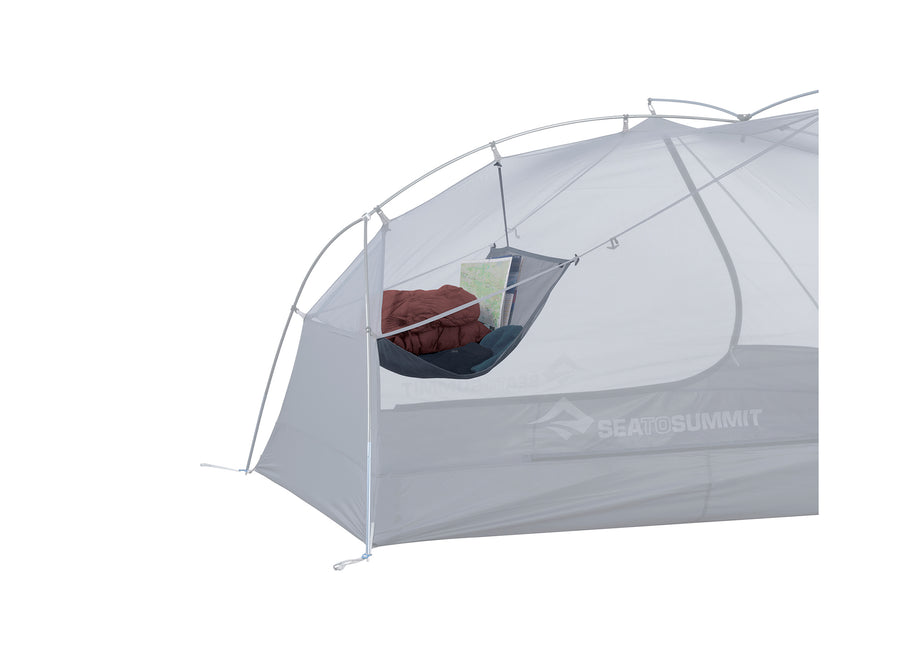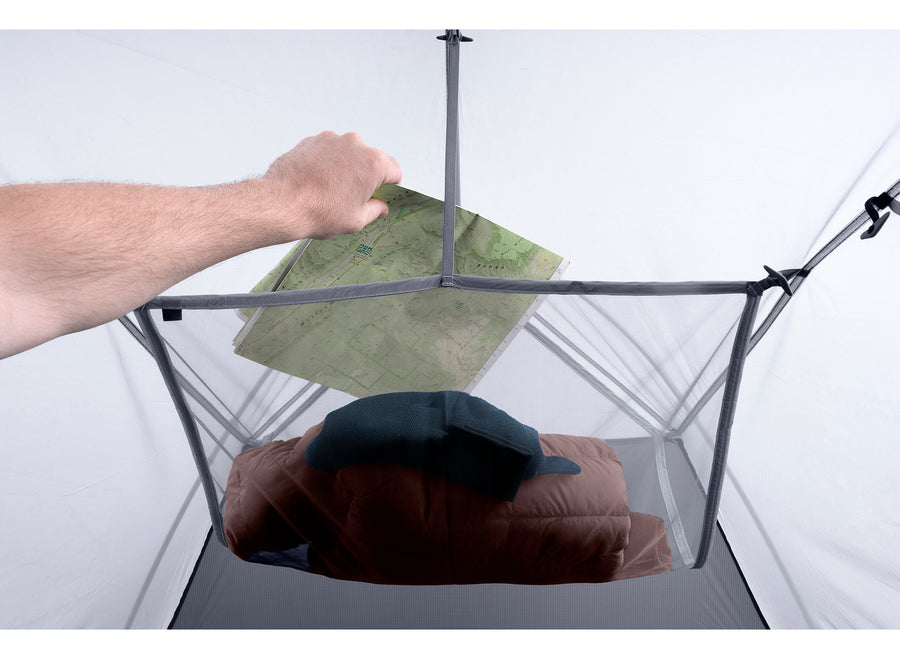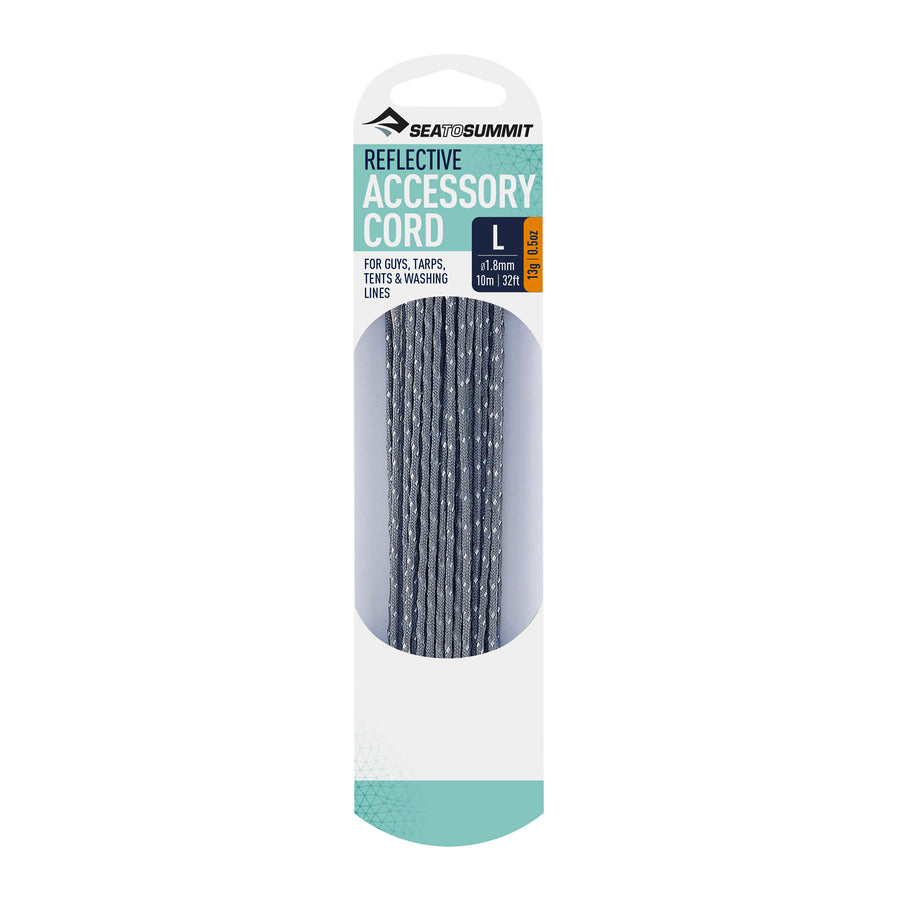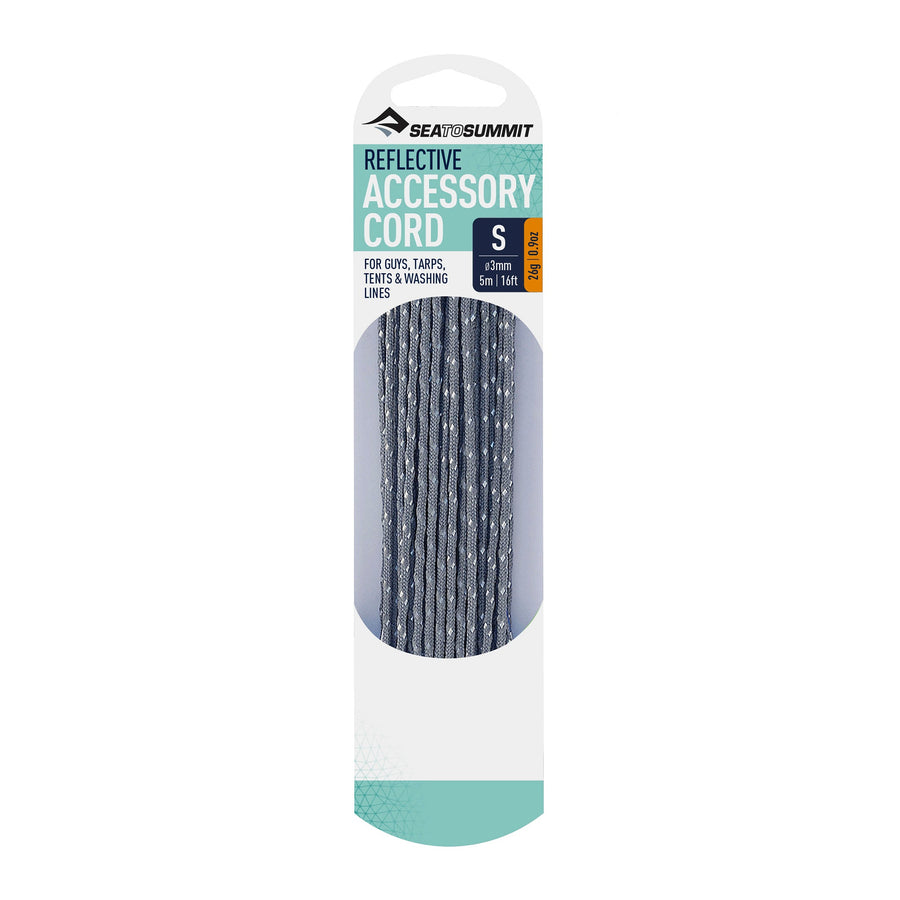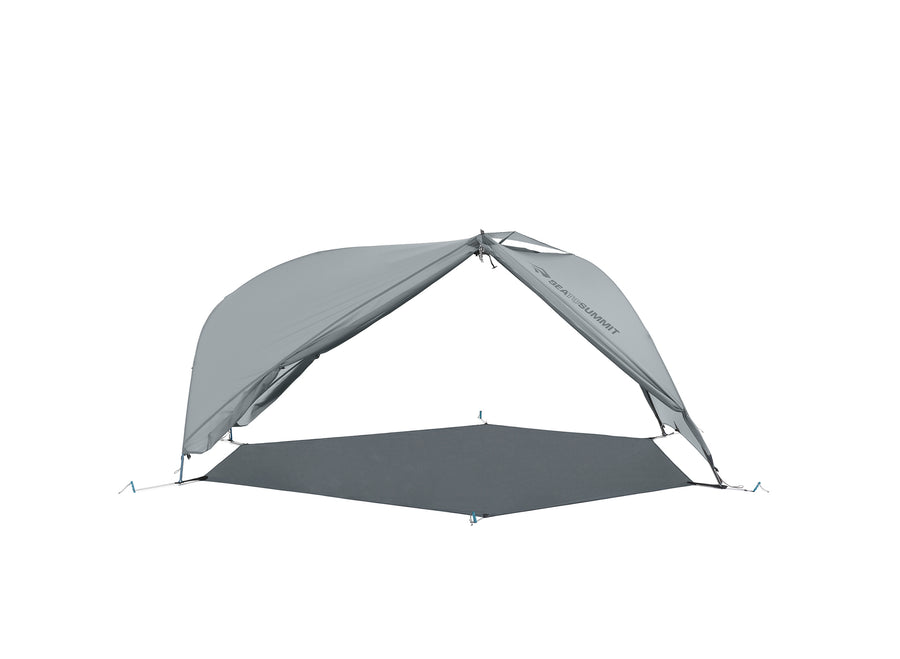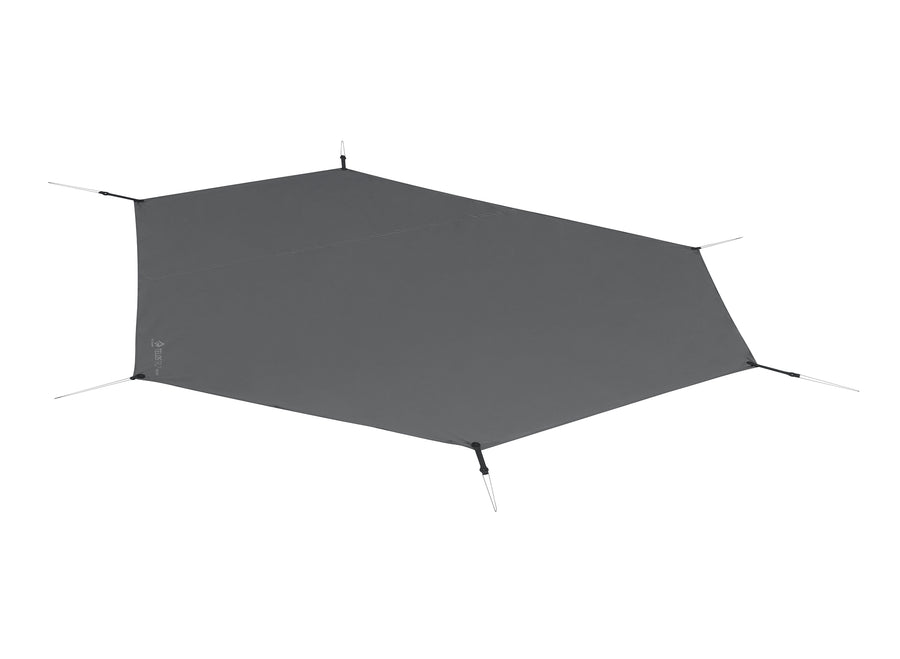Guest Blog from AHS: 10 Essentials of Hiking
By Leigh Scott, Director of Development at American Hiking Society
Statistically speaking, hiking is a very safe sport, but everyone who hits the trail should be aware of possible risks – including the chance of becoming lost, encountering inclement weather, or sustaining an injury. The best way to forestall these potential difficulties is to carry the 10 Essentials of Hiking – on each and every hike.
At American Hiking Society, we understand the importance of educating hikers about safe enjoyment of outdoor adventures and have compiled a list of the 10 Essentials that a hiker should take along on every hike. These items include: 1) appropriate footwear, such as hiking shoes or boots; 2) a map and compass or GPS; 3) extra water and a way to purify it; 4) extra food; 5) rain gear and extra clothing – including a hat; 6) safety items, including fire starter, flashlight, and a whistle; 7) a first-aid kit; 8) a knife or multi-purpose tool; 9) sunscreen and sunglasses; and 10) a suitable daypack or backpack to hold these items.
Need a handy list of these Essentials? Just print out our Fact Sheet or contact me at American Hiking Society to get a handy 10 Essentials ruler for your favorite junior hiker – generously printed for us by the folks at LOWA Boots.
One of the snags we face in educating the public about the 10 Essentials of Hiking is getting the point across that a hiker should carry these items every time. Since accidents are normally unpredictable by their very nature, it’s not possible to know when you’ll really need those essential items; therefore, as the old saying goes, “It’s better to be safe than sorry.”
The hiking community received a sad, stark reminder of the need to carry the Essentials for every single trip on the trail, when the national news was recently filled with the story of a young father and two sons who died of hypothermia after becoming lost on the Ozark Trail in Missouri. The father was an experienced hiker, yet he was carrying only a flashlight and cell phone when they embarked on a dayhike in 60 degree weather. They were lightly clad and ill equipped to deal with the frigid conditions that set in when a storm descended, dropping two inches of rain and driving the temperature down to 40 degrees. They missed their turnoff to the lodge where they had been staying and soon became lost — and more than 50 volunteers began searching for them as darkness fell. Yet flash flooding of the creeks in the area forced searchers to suspend their efforts until daylight, and by then the temperature dropped below freezing. The hikers’ bodies were found in the morning, and only the family dog had survived.
Although we will never know if having more of the 10 Essentials would have prevented this tragic ending, it seems reasonable to figure that the family’s chances would have been greatly improved if they’d had a waterproof layer to help keep them dry and extra food to help stave off hypothermia. I, for one, am convinced; although I always carry a reasonably well-equipped pack, that sobering story convinced me to purchase an emergency bivvy that I’ve now tucked inside – just in case. Sure, it takes up a little bit of space and adds a small amount of weight, but I figure the potential benefits are worth that small cost.
